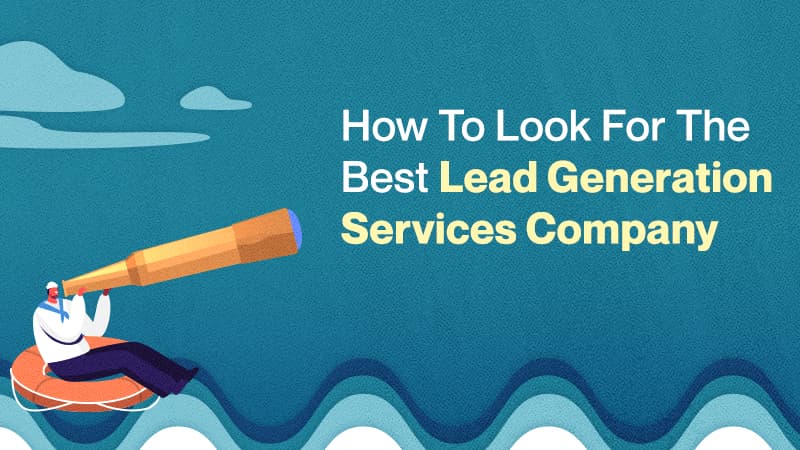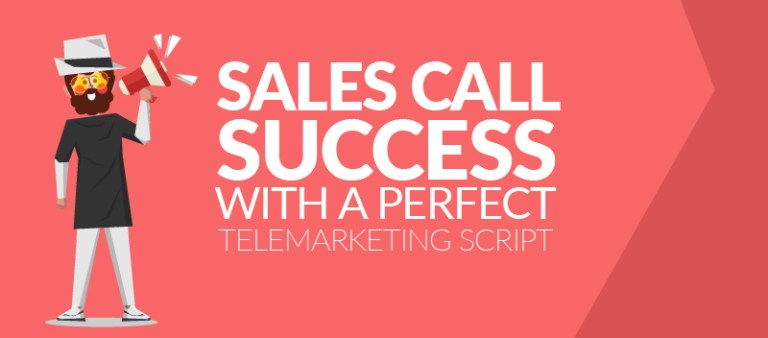According to a LinkedIn report, 78 percent of IT consumers require more information about a product or service before they make a buying decision. Furthermore, 67 percent of businesses purchase from businesses who educate them every step of the way.
The main challenge, however, of tech companies is being able to deliver content that can be easily understood by their audience. In other words, they have to get past the tech jargons and high-sounding words. Otherwise, your message will get lost in translation.
Creating user-friendly content isn’t difficult. You can emulate these examples and tips below from three big tech companies that have nailed their content marketing strategies. Or you may entrust your content marketing strategy to lead generation services experts.
Compelling Content Increases Conversion
American professor and researcher, Brené Brown said that we, as human beings, are “wired for story, that it’s in our biology.” She also quoted that “stories are data with a soul.”
German software company, SAP, realized this many years ago. Despite having a big budget and a dedicated team for marketing, they still fail to get the conversions they want. They have an awesome website filled with a lot of information about each product they have. Yet, it was still not enough.
What’s missing, then?
They lacked compelling stories that speak to people’s emotions. All they had was a bunch of impersonal, boring data. Simply put, your statistics and numbers will greatly impact and affect your audience if you tell them the story behind them.
So what did SAP do to address this problem?
It created the Digitalist, an online tech magazine filled with compelling stories. That magazine helped them generate more than a thousand leads and $750,000-dollar revenue. And they didn’t stop there, they recently launched SAP Insights, a website filled with in-depth information, research, and more for top executives.
Different Blogs for Different Audience
Different strokes for different folks, so the saying goes. Each person has a different need, mindset, and belief. Add to these factors their age, gender, culture, and many more. These people are in millions — and they are online most of the time looking for information about specific needs. Therefore, it makes sense that you use different strategies to reach out to and engage these different people.
Some well-known tech companies are already doing this because they know that a one-size-fits-all content marketing approach won’t simply do. Two of these companies include IBM and Dell.
IBM, for example, has THINK and Watson among its number of blogs. While THINK showcases engaging stories about tech innovations, Watson focuses on stories and case studies that center around IBM’s suite of AI tools.
Dell also has a number of blogs scattered all over the world wide web. Aside from its official blog, it also has the InFocus blog that features in-depth information on engineering, analytics, and more.
Always Focus on the Customer, Not the Product
According to Deloitte, companies who are customer-centric are 60 percent more profitable than those who only focus on their products.
What does being customer-centric mean?
It simply means that you take the time to understand your customers and that you care about their success, too. You are not simply there to make a sale or to make your business profitable. Instead, you become their partner.
A customer-centric content marketing strategy, therefore, focuses on the needs and pain points of your customers and prospects. You educate them, help them solve the challenges they face. Once they see what you or your product/service can do, you won’t need to convince them how good it is.
Need Help?
Want more traffic to your website? You can start by following the examples of big tech companies above. You can also give us a call and let us help you jumpstart your lead generation strategy today.




